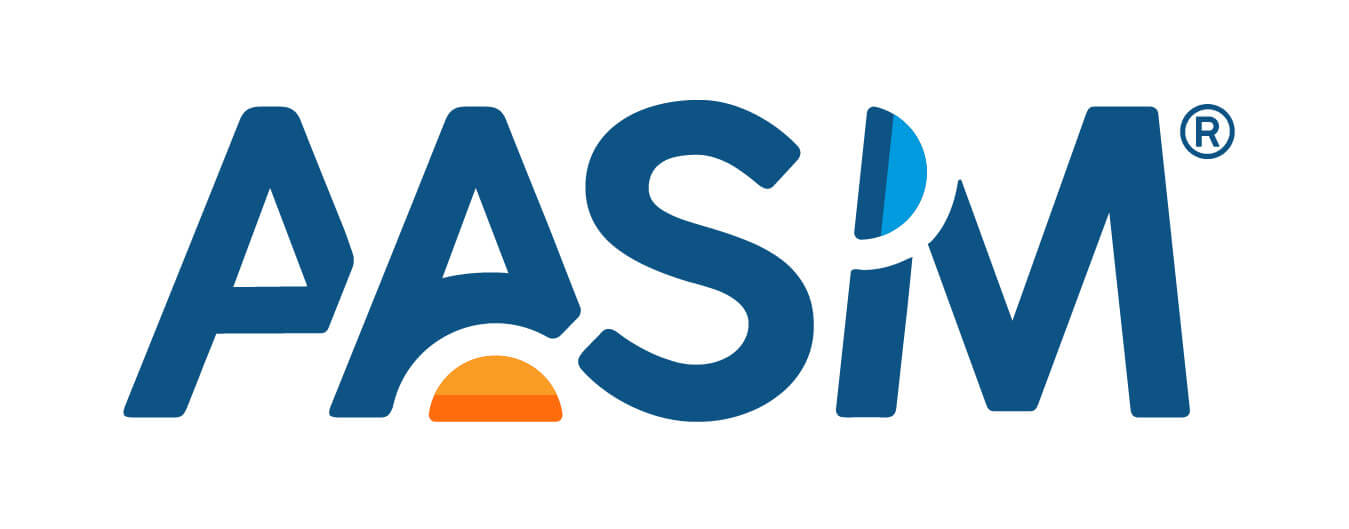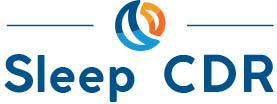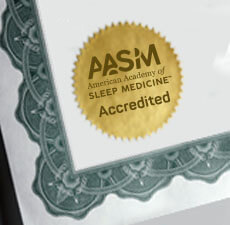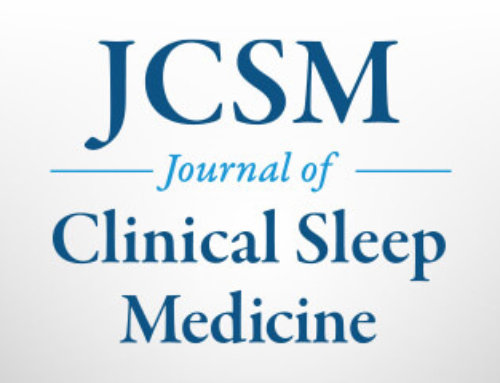A report from the Substance Abuse and Mental Health Services Administration (SAMHSA) indicates that the number of emergency department visits involving adverse reactions to the sleep medication zolpidem rose nearly 220 percent from 2005 to 2010. Half of the emergency department visits involved other pharmaceuticals combined with zolpidem, including narcotic pain relievers and other anti-anxiety and insomnia medications. In 2010 women accounted for 68 percent of ED visits involving adverse reactions to zolpidem, and 32 percent of the reported ED visits involved patients aged 65 or older. “It’s important for physicians to educate and re-educate their patients on how they should use these medications, how often they should use them, and when they should take them before going to bed, and that needs to be an on-going discussion,” AASM President Sam Fleishman, MD, tnew Medscape. The report Emergency Department Visits for Adverse Reactions Involving the Insomnia Medication Zolpidem is based on findings from the 2005 to 2010 Drug Abuse Warning Network (DAWN) reports. DAWN is a public health surveillance system that monitors drug-related morbidity and mortality through reports from a network of hospitals across the nation.
In January the FDA announced new requirements to lower the recommended doses for products used to treat insomnia that contain zolpidem, including Ambien and Ambien CR. New dose recommendations also were issued for the medications Edluar and Zolpimist. The FDA decision was based on concerns about potential drowsiness occurring the morning after taking a sleeping pill, particularly among women. On its public education website the AASM offers Ten Safety Tips for Taking Sleeping Pills for Insomnia.







